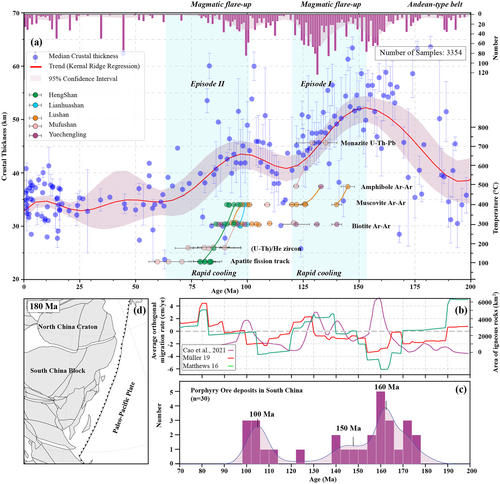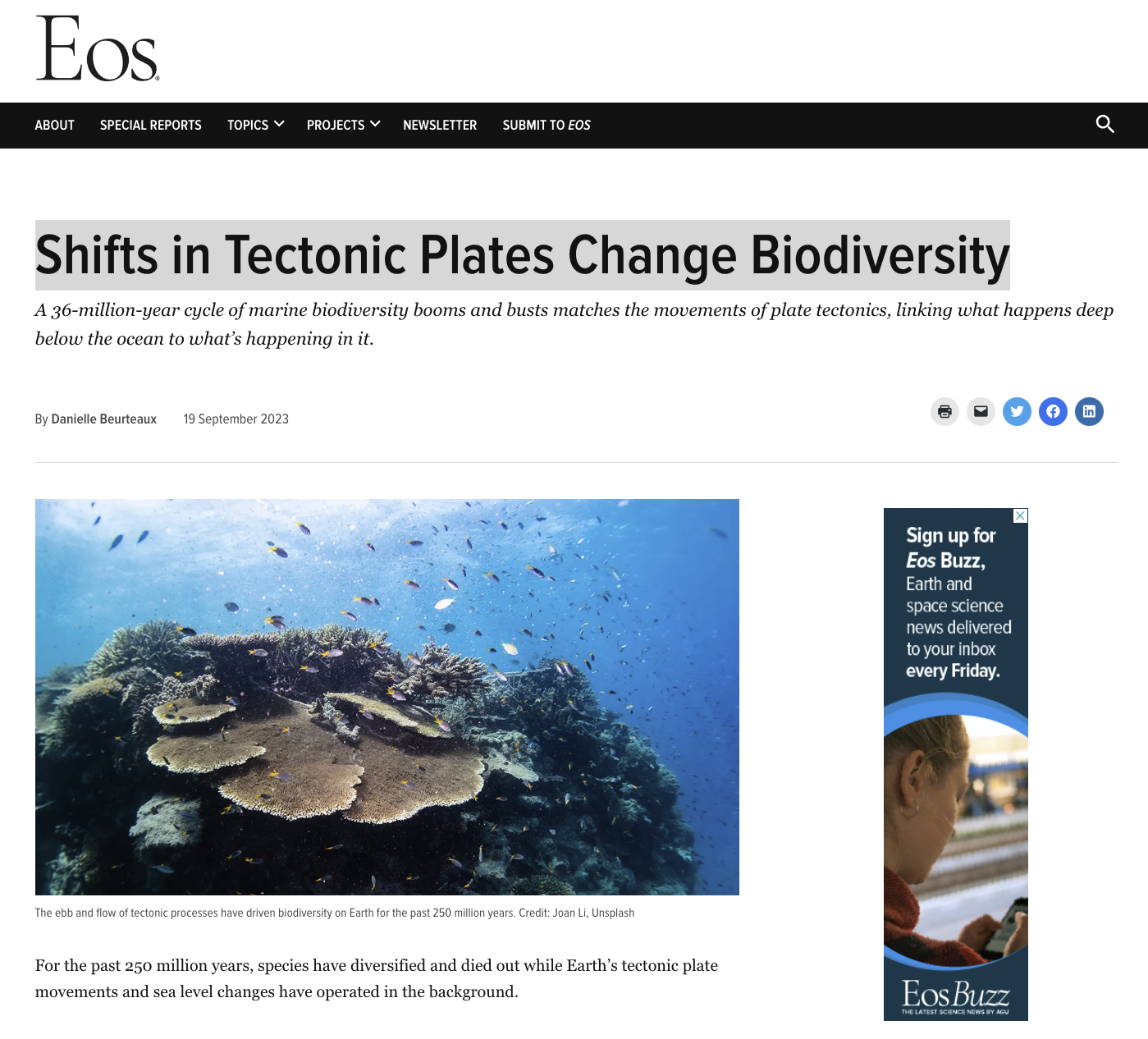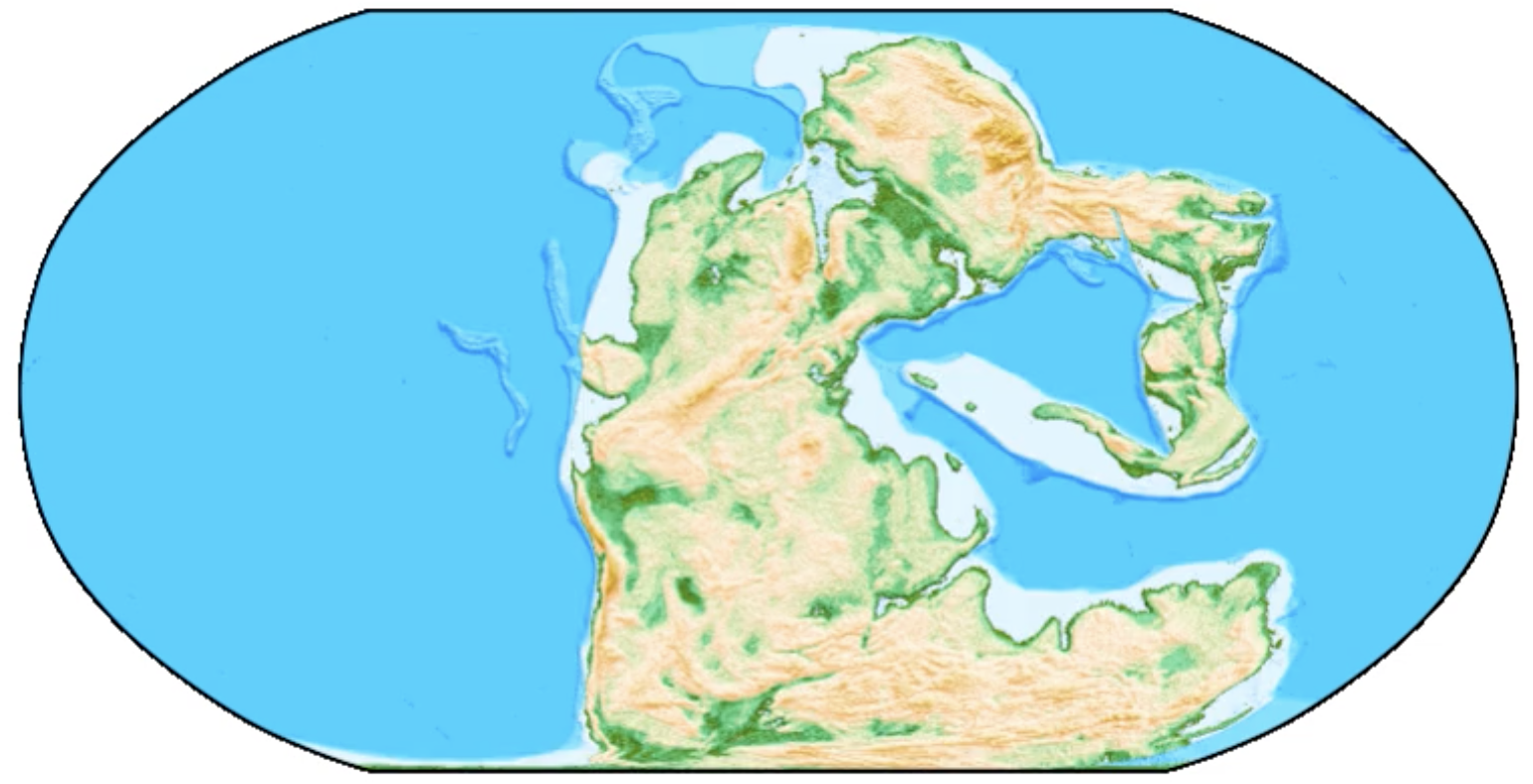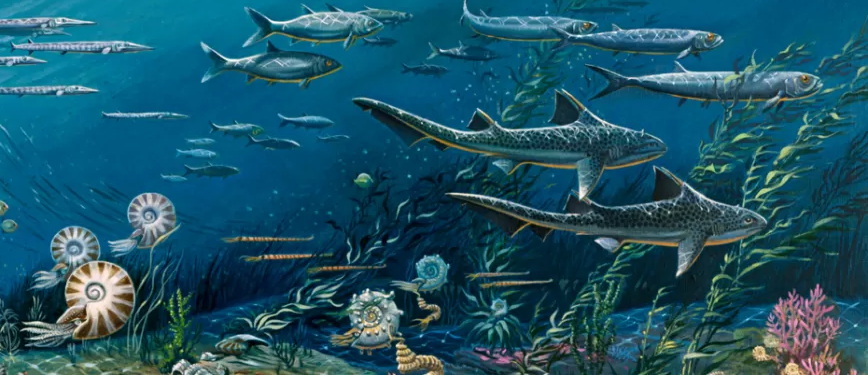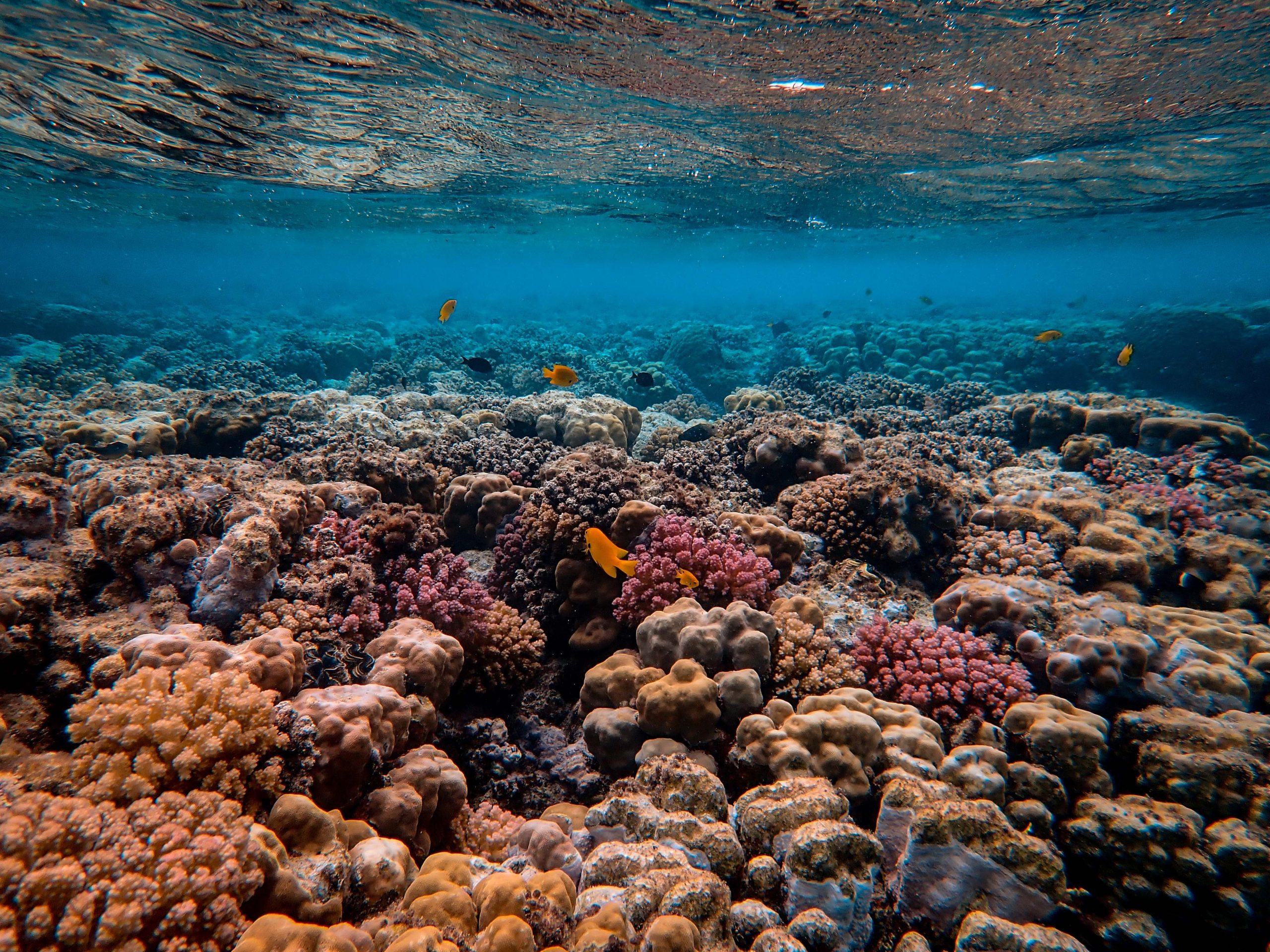A tectonically driven 60 million-year biogeochemical redox cycle paces marine biodiversity
The fossil record shows a prominent 60 million-year biodiversity cycle during the Phanerozoic Eon, the origin of which is still unknown. Here we use time-series analysis and correlation of empirical and model datasets of Earth’s interior and sur cial processes to demonstrate that this cycle is a pervasive feature in marine animal genus-level diversity data … Read more…

